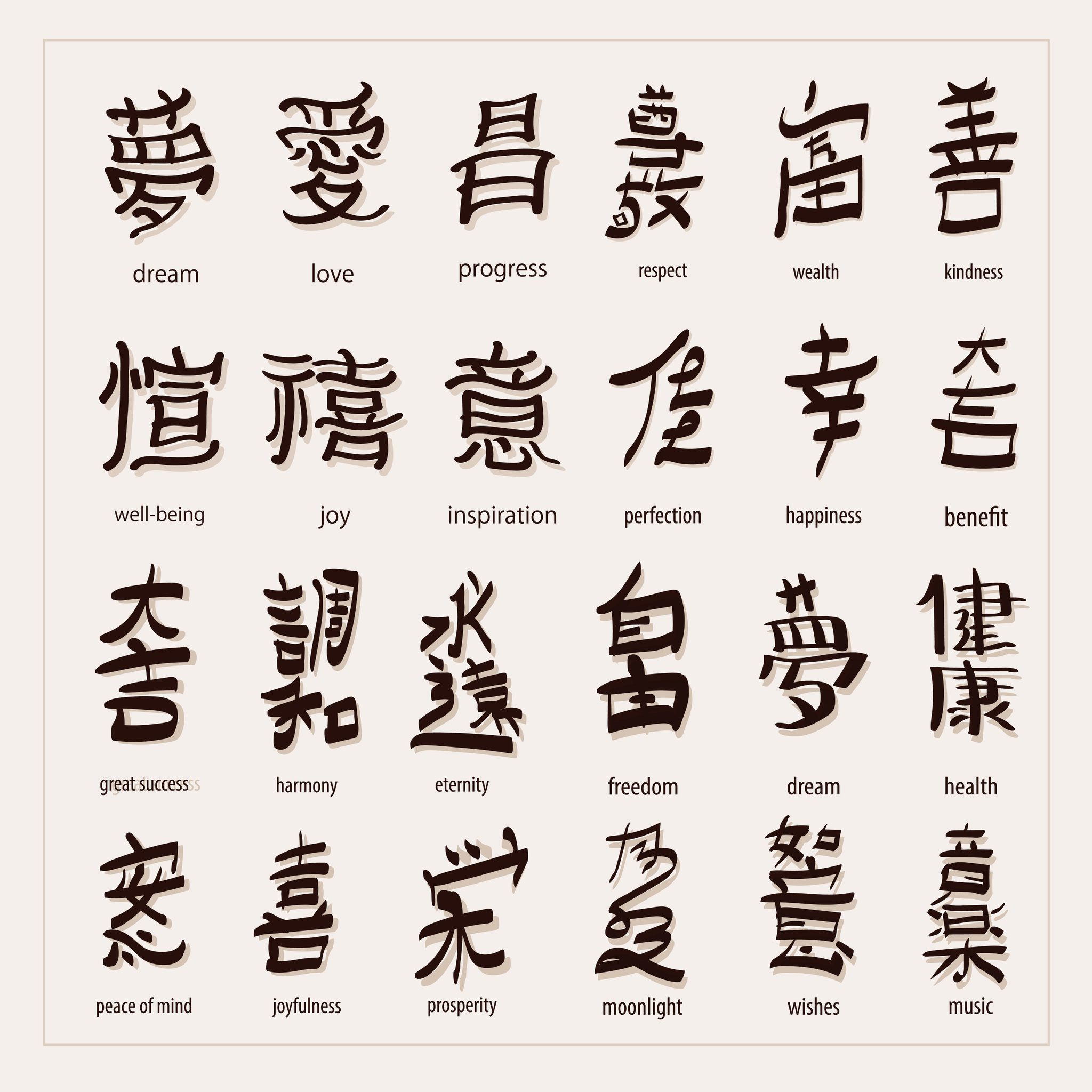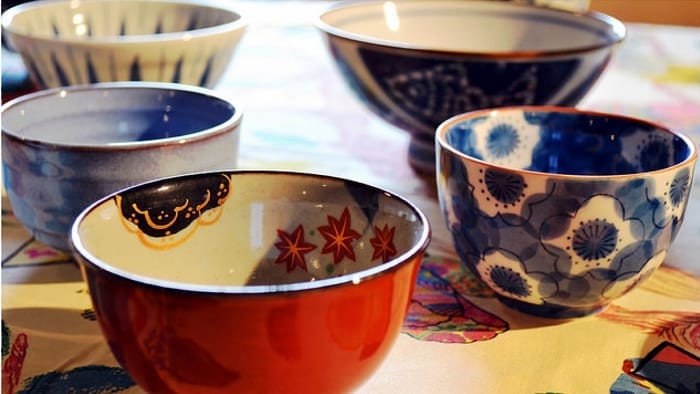Chimaki is another famous Japanese dessert. It is commonly available every May in celebration of Japanese Children’s Day or kodomo no hi. May 5 is the national holiday originally for boys, but it became a children’s day for all boys and girls in 1948. Every 5th of May, children of all ages across Japan celebrate and wish for happiness and good health.
Chimaki is made of steamed sticky rice wrapped artistically in bamboo leaves and secured with twine. Others use different kinds of leaves to improve chimaki’s aroma. Usually, this dessert is made like a triangle, but it differs in wrapping style and shape depending on which region the chimaki is prepared. This simple dessert is now recognized as one of Kyogashi. It is a known traditional Japanese delicacy that you can make specifically in Kyoto.
There are two types of chimaki. First is the sweet chimaki. It is made of glutinous rice and gelatin called yokan. You can also combine it with arrowroot powder. The second is the savory chimaki. It is also made of glutinous rice, but it includes meat and vegetables. The savory chimaki is similar to China’s zongzi.
The savory chimaki dessert is usually available all year round. The sweet chimaki, on the other hand, becomes in demand as Children’s Day approaches. It is available in supermarkets and grocery stores, but you can also make it at home.
How to Cook Chimaki Dessert
Cooking chimaki is uncomplicated but can be challenging. It requires some skill in wrapping the rice. Follow these steps to cook your chimaki.
- Wash uncooked mocha gome or sweet glutinous rice. Rinse a few times until the water becomes a bit clear.
- Soak the uncooked rice in water overnight.
- Wrap the uncooked rice along with other ingredients you desire in leaves. You can use bamboo, banana, or reed. Secure each chimaki with twine.
- Steam the chimaki for 50 minutes or until fully cooked.
Some people would steam the rice first before wrapping them in leaves. This is a lot easier and does not require too much technique. Moreover, it lessens the cooking time of chimaki to approximately 15 minutes.
How to Eat Chimaki
In the same way that there is an art in cooking chimaki, there is an art in eating this dessert. To enjoy your chimaki, you must first untie or cut the twine wrapped around and holding the chimaki. If you are serving this to guests, you can either remove the twine yourself or let your guests enjoy untying them.
Once you have untied the chimaki, the leaves wrapping it will unfold naturally. Let it open by itself and savor the aroma it emits. Unfold the chimaki on a plate.
Break the rice into bite-size parts before actually eating it. The rice will hold together because it is very sticky. Hence, you can choose whichever utensil to eat this delicious treat.
Decorate your house for kodomo no hi
Every May 5, it is not only the chimaki that is expected to be all around town. During Children’s Day, you can also liven up your home by putting koinobori or cloth carp streamers on poles and displaying them outside your house. This is believed to bring good luck and fortune to the children living within that house. You can also display kabuto, samurai dolls, and ornaments. Samurai dolls are seen as symbols of courage and strength.



